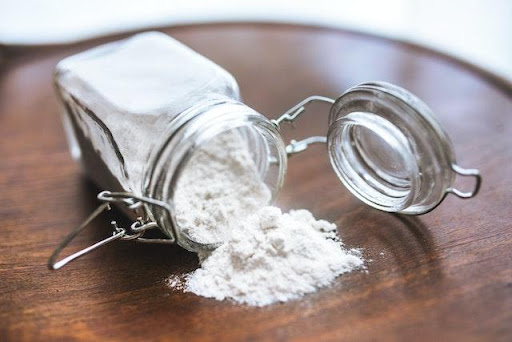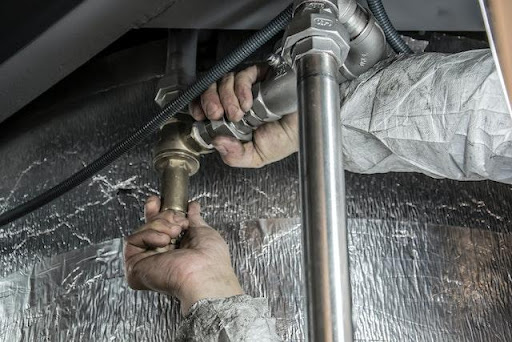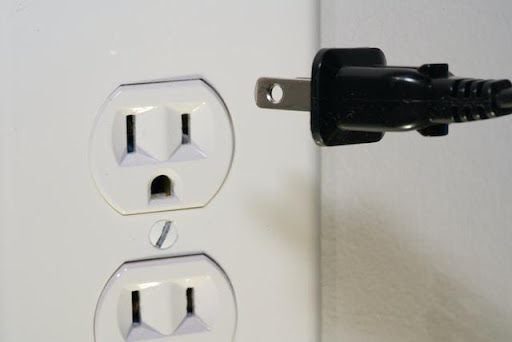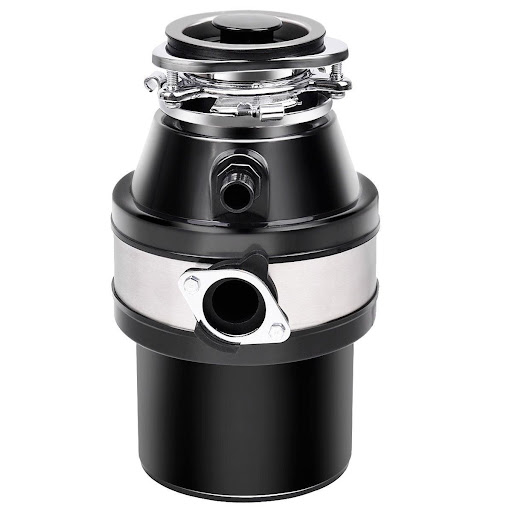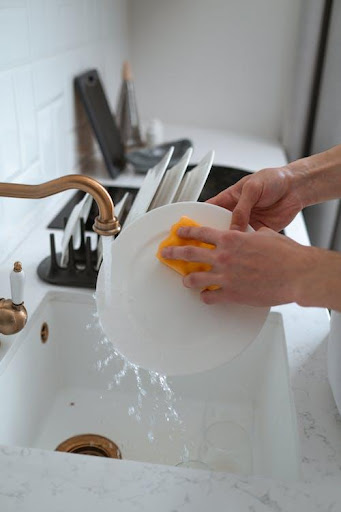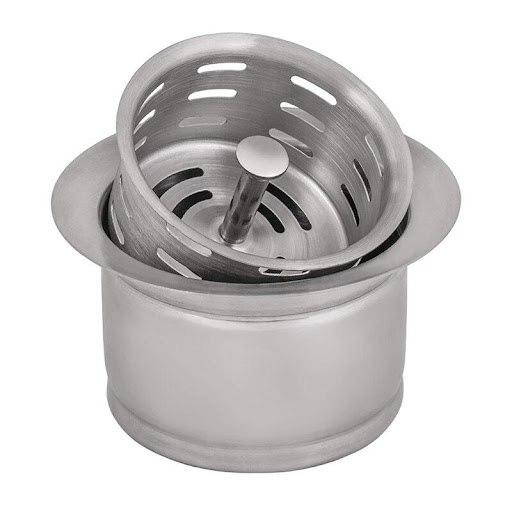Have you ever noticed a foul odor coming from your garbage disposal? If so, you’re not alone. This unpleasant smell can be quite bothersome, but fortunately, there are several possible explanations and solutions. In this article, we will explore the common causes of smelly garbage disposals and provide tips on how to eliminate the odor.
Possible Causes of a Smelly Garbage Disposal
- Food Residue: One of the most common causes of a smelly garbage disposal is food residue that has been left behind. Over time, small particles of food can accumulate in the disposal unit and start to decompose, leading to an unpleasant smell.
- Blocked Drainage: If the drain pipe connected to your garbage disposal is partially blocked, water and food particles may not drain properly. This can create stagnant water and contribute to the foul odor.
- Bacterial Growth: Naturally occurring bacteria in your kitchen waste can multiply rapidly in the warm and moist environment of a garbage disposal. This bacterial growth can produce strong odors.
- Lack of Cleaning: Regular cleaning is essential to prevent odor buildup in your garbage disposal. If you neglect cleaning it for an extended period, the smell may become more noticeable.
How to Eliminate the Odor
Now that we have identified some potential causes of the smell, let’s discuss ways to eliminate it:
1. Run Cold Water: Whenever you use your garbage disposal, make sure to run cold water for at least 20 seconds before and after grinding food waste. This helps flush away any remaining particles and minimizes odor-causing buildup.
2. Use Citrus Fruits: Cut up citrus fruits like lemons or oranges into small pieces, and then grind them in the disposal. The natural acidity of the fruits can help neutralize odors and leave your kitchen smelling fresh.
3. Baking Soda and Vinegar: Sprinkling a generous amount of baking soda followed by white vinegar down the drain can create a bubbling reaction that helps loosen and remove food residue. Leave it for a few minutes before rinsing with cold water.
4. Ice Cubes and Salt: Tossing a handful of ice cubes and a tablespoon of salt into the garbage disposal and running it can help dislodge any stuck-on food particles while sharpening the blades. The salt acts as an abrasive agent.
5. Clean the Rubber Flap: The rubber flap or baffle located in the drain opening of your garbage disposal can accumulate food debris. Gently scrubbing it with a toothbrush and soapy water can prevent odor buildup.
6. Regular Maintenance: Make it a habit to clean your garbage disposal at least once a month to prevent lingering odors. A mixture of warm water and dish soap, along with a good scrubbing, should do the trick.
7. Avoid Certain Foods: Some foods are more likely to cause unpleasant odors when ground in a garbage disposal. Avoid putting items like onion skins, eggshells, and greasy or fatty foods down the disposal to minimize potential smells.
8. Professional Inspection: If you have tried all of the above solutions and the odor persists, it may be time to call a professional plumber. They can inspect your garbage disposal system for any underlying issues that may require repairs.
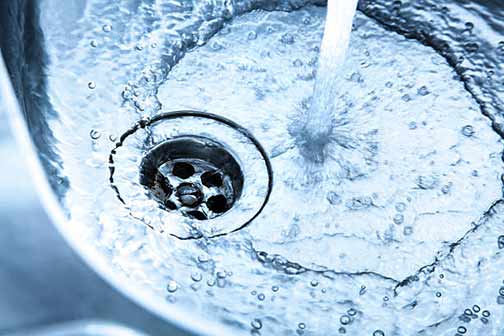
After using the garbage disposal, always run cold water for at least 20 seconds to flush out any remaining particles and keep the drain clean and odor-free.
Preventing Future Odors
Now that you have successfully eliminated the odor from your garbage disposal, it’s essential to take preventive measures to avoid future smells:
- Dispose of Food Properly: Before using your garbage disposal, ensure all large food scraps are thrown away in the regular trash. Using the disposal as a primary means of waste disposal can lead to more frequent odors.
- Flush with Water: After using the garbage disposal, always run cold water for at least 20 seconds to flush out any remaining particles and keep the drain clean and odor-free.
- Regularly Clean the Unit: Develop a cleaning routine for your garbage disposal. A quick scrub with warm soapy water and a toothbrush can help remove any potential odor-causing buildup.
- Regular Plumbing Maintenance: Consider scheduling regular plumbing maintenance to ensure your garbage disposal and associated drainage pipes are functioning correctly. A professional can inspect for any issues and provide preventative measures.
By following these tips and practicing good maintenance habits, you can keep your garbage disposal smelling fresh and clean. Remember, prevention is key, so don’t neglect regular cleaning and avoid putting problematic foods down the disposal. With proper care, your kitchen will be odor-free and a more pleasant place to be.


